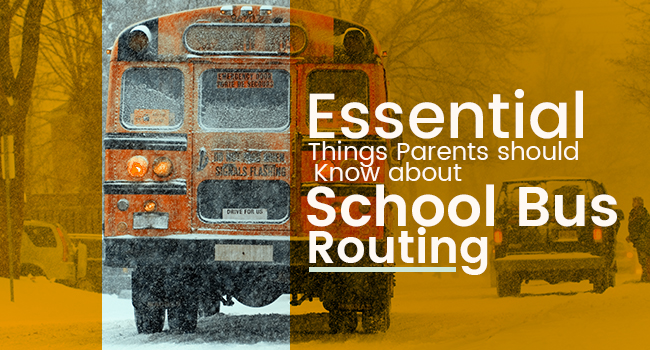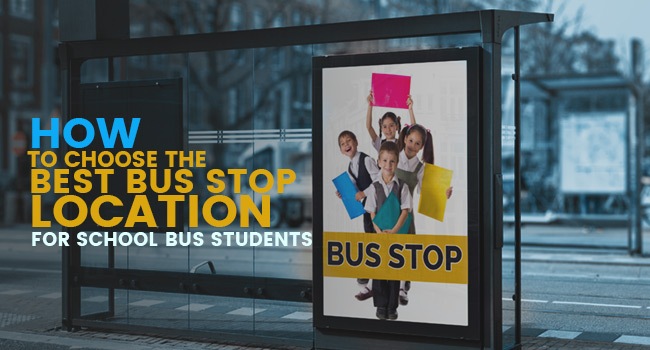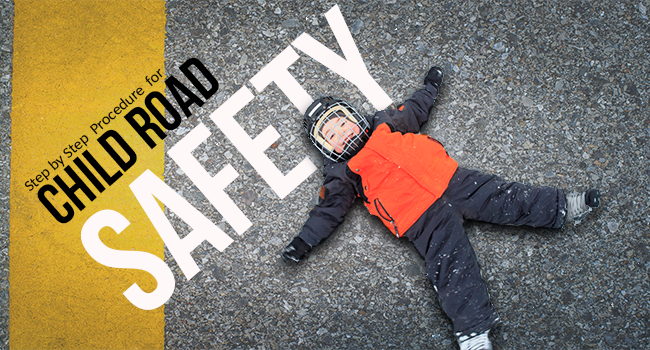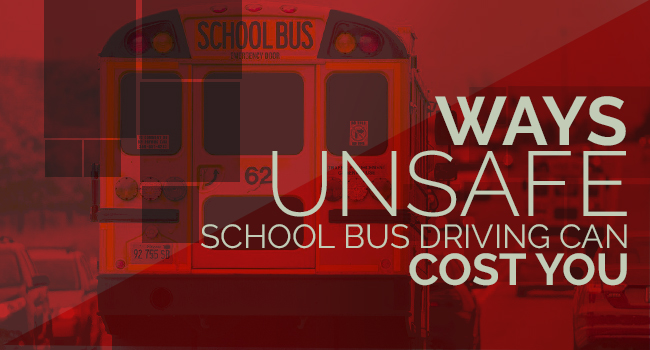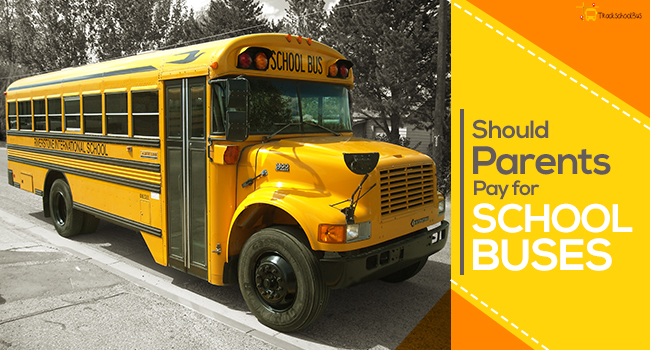First and foremost, matters concerning school buses always constitute alarm to parents. For the simple fact that millions of children commute back and forth to school and home in the bright yellow colored school buses, school administrations should call for the active involvement of the parent community.
Nevertheless, it could be about the erratic or unruly behavior of a school bus driver or the issues concerning reckless driving, speeding or jumping signals or red lights. Otherwise, there will be lack of safety mechanisms in buses. All these issues should raise a red flag for parents and should be discussed before the occurrence of an untoward incident.
A Little Bit of Sensibility Goes a Long Way in Staying Safe
All for the sake of ensuring safe and comfortable rides to your wards, you as parents should take the responsibility to address the following concerns related to school bus transportation. Moreover, the following section sheds light on the general issues posed by school buses along with simple and workable solutions that the parents can implement every single day.
- Waiting for the School Bus To Arrive
A plethora of planning goes behind chalking out school bus routes so that you as parents can pick and choose the route that is convenient for you. Of course, you can generate a well-informed decision by taking into consideration the various pickup and drop points and the distance between them to your home.
Given the fact that you should accompany your kids to the pickup point every single day, it requires certain amount of sensibility from your side to leave home at the right time so that you and your wards can reach the bus stop before the bus arrives.
Concern
A majority of the parents feels that students who come to the bus stop alone might rush to the stop if they are late. Arguably, in a mad rush, they would not be careful and vigilant towards the oncoming traffic. This haste might lead to accidents or injuries to kids.
A Simple Way Out
It is through RFID tags that parents can be notified about the exact location of their ward. Furthermore, with these safety devices, parents can heave a sigh of relief. They will be convinced that their child is in safe hands. Hence, the solution to the above issue should be able to exercise patience in children and wait in a secure place away from the road for the school bus to approach and pick them up.
- Getting Into the School Bus
At times, students who are boarding their school bus can confront hazardous consequences if they are within the danger zone of the bus.
Concern
Hastening into a school bus can cause injury to students along with standing too close to the bus. Both these circumstances can be perilous for school kids.
A Simple Way Out
The onus is on parents to educate their wards regarding the safety instructions that need to be followed by their wards. As a parent, you should be able to instruct your wards to board the bus in a single queue, without pushing or rushing others. Since the driver cannot oversee children who are within the danger zone, you as parents should teach your kids to stay away from the danger zone. Another imperative directive that should be dinned into the minds of school children plying the school buses is that they require waiting for the bus to come to a grinding halt before they begin to board the bus.
- The Use of Seat Belts Inside the Moving Bus
Life is so precarious that a normal bus journey can result in losing lives of several students who did not use the school bus seat belts.
Concern
Several parents vouch for the fact that the school buses ply without the essential safety mechanism; the seat belts. And even if there are seat belts in the bus, they cannot serve the purpose of protecting kids as they do not cross over the shoulders and laps of the kids.
A Simple Way Out
The parent community should reiterate the need for school bus seat belts as part of the safety and security measures of transportation. Meanwhile, talking to the management and expressing your concern to demand seat belts mandatory in every school bus can help every student on board to appreciate a comfortable and safe journey; day in and day out.
- Alighting the School Bus
A kid who realizes that he dropped his properties under the bus will run towards the bus to pick them up. However, the driver would be unaware of this fact and will start the bus. This act of negligence can either lead to a genuine injury or an irreversible fatal condition.
Concern
As a matter of fact, parents are concerned about the distance between their wards and the danger zone of the bus. If students stand near the school bus even after getting down, they will hurt themselves.
A Simple Way Out
Parents can step in and impress upon their wards to adhere to certain safety tips after descending the school bus. In addition, educating students about the danger zones of a school bus is compulsory and when such safety rules come from parents themselves, kids will be all ears and implement them at all times.
- Unruly Behavior of Fellow Students and the Driver
Kids will be boisterous engaging in constant chatter while being inside a running bus. Long and raucous conversations between kids along with childish arguments can be distracting to the driver. On the flip side, school children would narrate instances of unruly behavior coming from the bus driver. Either he would be attending to phone calls while at the wheel or would cross the speed limit of the bus. All these instances of dreadful behavior have a bearing on the safety of your kids and others as well.
Issue
Parents are concerned about their kids who put out their head and hands outside the moving school bus. At the same time, certain children drink and eat in the bus, which can lead to accidents when they slip on the dropped eatables. If the driver despise mischievous kids, he might use offensive language to stop them from talking.
A Simple Way Out
Ordinarily, the impish behavior of kids along with the unruly acts of the driver can be better dealt with by the parent community. For this reason, parents can form a group and represent their concerns to the school management.
In fact, when acts of unacceptable behavior expressed by a unanimous group is known by the management, you can accordingly ensure prompt disciplinary action to be taken against erring students or the driver in question. On the other hand, teaching students about how to behave inside the running school bus is another responsibility that parents should take along with insisting the appointment of a supervisor who would take care of the kids on the bus.
Conclusion
Given the important role-played by parents in inculcating safety and favorable behavior of their wards, they can also become the prime instruments of change. Consequently, tackling the above-mentioned concerns with regard to school bus transportation, sensible parents through their valuable inputs and suggestions can ensure safe and complacent journeys for kids at all times. Presumably, constant interactions and follow-ups with the school management about any issues that might arise will assist parents endorse the common “a stitch in time saves nine” maxim.
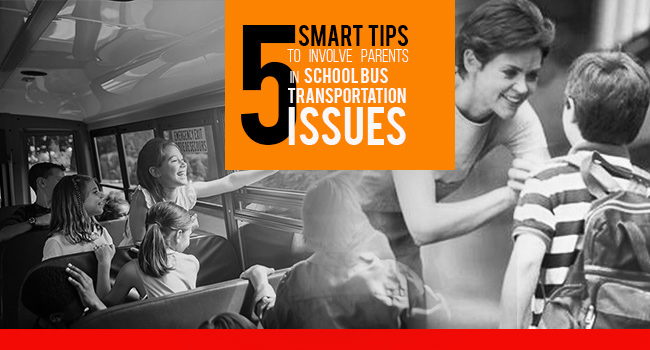




![10 Essential Facts on Road Safety [Infographic]](https://wp.trackschoolbus.com/wp-content/uploads/2017/12/21-12-2017-10-Essential-Facts-on-Road-Safetyy.jpg)

